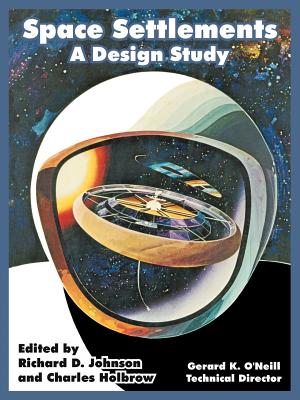
description
ogram in engineering systems design held at Stanford University and the Ames Research Center of the National Aeronautics and Space Administration during the summer of 1975. The project brought together nineteen professors of engineering, physical science, social science, and architecture, and two co-directors. This group worked for ten weeks to construct a convincing picture of how people might permanently sustain life in space on a large scale. The goal of the summer study was to design a system for the colonization of space. This report, like the design itself, is intended to be as technologically complete and sound as it could be made in ten weeks, but it is also meant for a readership beyond that of the aerospace community. Because the idea of colonizing space has awakened strong public interest, the report is written to be understood by the educated public and specialists in other fields. It also includes considerable background material. The technical director, Gerard K. O'Neill of Princeton University, made essential contributions by providing information based on his notes and calculations from six years of prior work on space colonization and by carefully reviewing the technical aspects of the study.
member goods
No member items were found under this heading.
listens & views

MUSIC FOR LOVE: THE ALBUM ...
by MUSIC FOR LOVE: THE ALBUM / VARIOUS
COMPACT DISCout of stock
$10.25

FAVOURITE CHORAL CLASSICS / VARIOUS
by FAVOURITE CHORAL CLASSICS / VARIOUS
COMPACT DISCout of stock
$10.99
Return Policy
All sales are final
Shipping
No special shipping considerations available.
Shipping fees determined at checkout.





